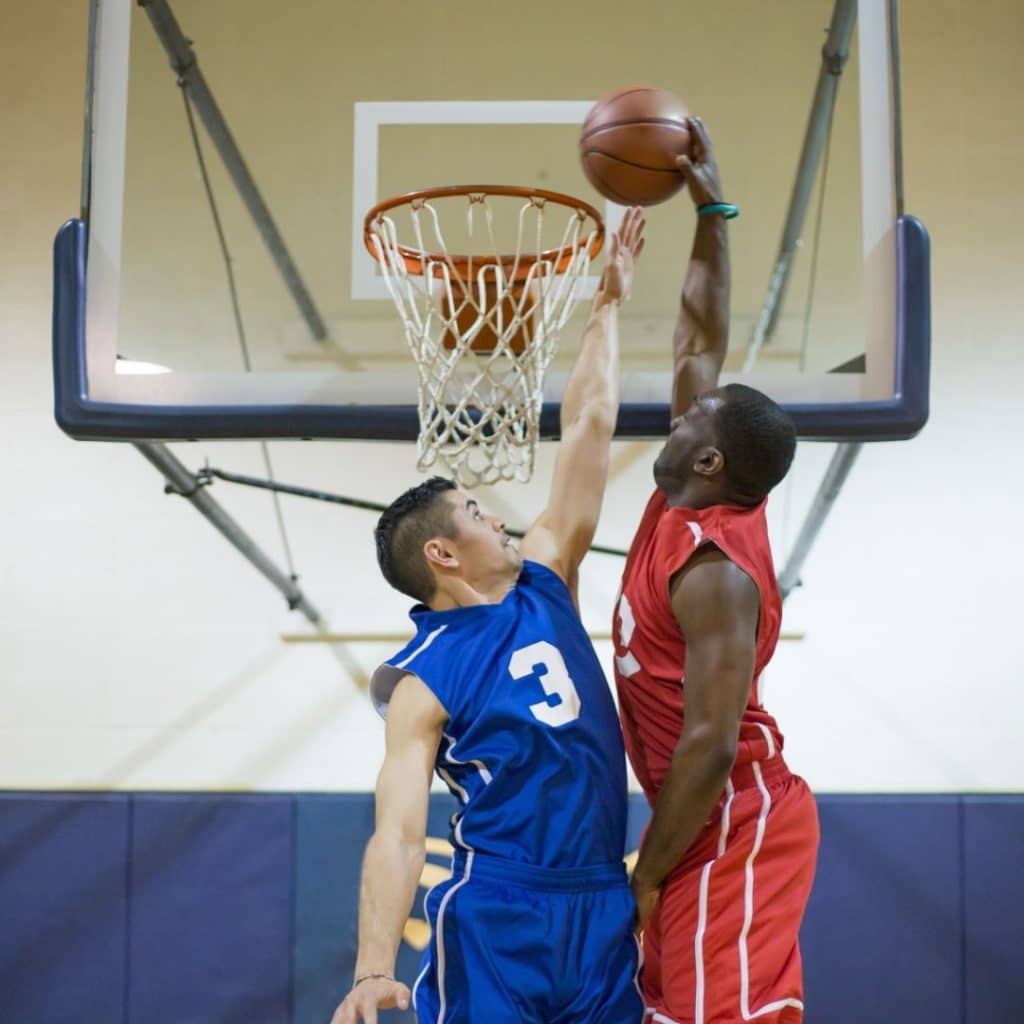A common complaint among children as they are growing is lower leg pain. As parents and coaches, we write this off as growing pains that will eventually wane. However, for many young athletes, another issue is at play.
Jumper’s knee, also known as patellar tendinopathy, is a common overuse injury that plagues athletes across various sports, such as basketball, volleyball, and running. While the name suggests that it is exclusively found in sports that require a lot of jumping, it can actually happen to anyone who puts repetitive stress on the knee joint.
We sat down with Dr. Chris McKenzie, owner and physical therapist at McKenzie Sports Physical Therapy, to learn more about this common condition and why it is such a problem in youth sports.
What is Jumper’s Knee?
“Jumper’s knee is essentially an overuse injury of the patellar tendon,” said Dr. McKenzie. “This highly used tendon connects the patella or kneecap to the tibia or shinbone. Repetitive jumping, running, and other high-impact activities involving forceful knee extension can strain this tendon significantly, leading to inflammation and pain.”
Why are Growth Spurts Such a Problem for Young Athletes?
“Growth spurts play a significant role in why we see this condition in young athletes,” said Dr. McKenzie. “During these periods, bones are growing faster than muscles and tendons. This mismatch in growth rate puts increased stress on the patellar tendon.”
Bones grow at the ends in areas called growth plates. During growth, these growth plates are made of softer cartilage instead of bone. High levels of stress caused by sports and other activities that cause repeated tension in the leg can irritate the growth plate, causing pain and inflammation.
“Jumper’s knee often happens in association with Osgood-Schlatter disease in young boys,” said Dr. McKenzie.
Osgood-Schlatter’s disease most frequently occurs in boy athletes who play sports that require a lot of jumping and/or running. It happens when the patellar tendon pulls on the growth plate at the top of the shinbone, causing pain and inflammation.
What are the Symptoms of Jumper’s Knee?
The most common symptoms include:
- Pain and soreness at the front of the knee often worsened when jumping, running, or squatting.
- Tenderness below the kneecap
- Stiffness making it difficult to bend or straighten the knee.
What is the best treatment for Jumper’s Knee?
“Like most tendinopathy, the best treatment begins with rest from the aggravated activity,” said Dr. McKenzie. “But we also want to improve flexibility and gradually strengthen the surrounding muscles.
At McKenzie Sports Physical Therapy, this usually involves avoiding activities that aggravate the injury, ice therapy to help reduce inflammation, flexibility exercises to improve range of motion and reduce any areas of tightness, and strengthening exercises. Dr. McKenzie warns that for people experiencing chronic pain, the treatment may vary, and a more aggressive approach may be appropriate.
“Eccentric exercises that lengthen the muscle while it is contracting can be beneficial in reorganizing the collagen fibers within the tendon,” said Dr. McKenzie.
Can it be Prevented?
The million-dollar question is whether or not it can be prevented. The quick answer is yes, but it takes some preparation, which can be a tall order for young athletes. Here’s what Dr. McKenzie suggests:
Proper warm-up – always and without exception.
Gradual increase in activity – avoid jumping too quickly into training volume or intensity.
The right shoes – wearing the right shoes that provide adequate support is critical.
Pump you up – strength training is an essential part of injury prevention. By strengthening the quadriceps and hamstring muscles, there will be less stress on the patellar tendon.
If your young athlete is experiencing growth spurt symptoms, such as jumper’s knee, schedule an appointment with a physical therapist at McKenzie Sports Physical Therapy. Early intervention is always the best way to reduce recovery time and prevent the condition from worsening.


